In the ever-evolving landscape of SEO, staying ahead of the curve is not just an advantage – it’s a necessity.
As we venture into the digital realm of 2023, one term that’s been making waves in the SEO community is “Zero Click Searches.” While the concept may sound perplexing at first, its implications for your SEO campaign are substantial.
In this blog post, we’ll delve deep into the world of zero-click searches, exploring what they are, why they matter, and how they can significantly influence the success of your SEO strategy in 2023.
So, fasten your seatbelts, because understanding and adapting to zero-click searches is the key to staying competitive in the dynamic world of online search.
Table of Contents
- What are Zero-Click Searches?
- Why Do Search Queries Result in Zero Clicks?
- How to Increase SEO and Traffic to Your Website in 2023?
- The Most Popular Keyword Searches in 2023.
What are Zero-Click Searches?
Zero-click searches refer to search engine queries where the user obtains the information they were seeking directly from the search engine results page (SERP) without having to click on any of the search results to visit a website.
In other words, the user’s query is answered or their needs are fulfilled right on the search results page itself, often through featured snippets, knowledge panels, quick answers, or other rich results.
Zero-click searches have become more common with the evolution of search engines and their efforts to provide quick and relevant information to users without requiring them to navigate to external websites.
While this can be convenient for users, it has raised concerns among website owners and marketers as it can reduce the click-through rates and traffic to their websites
Some common examples of zero-click searches include:
Featured Snippets:
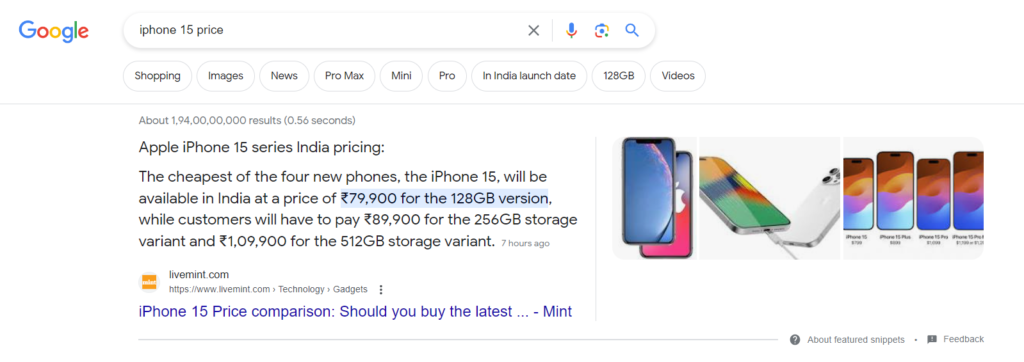
Google may display a summarized answer to a user’s query at the top of the SERP, pulling information directly from a web page. Users can get their answers without clicking on the link.
Knowledge Panels:
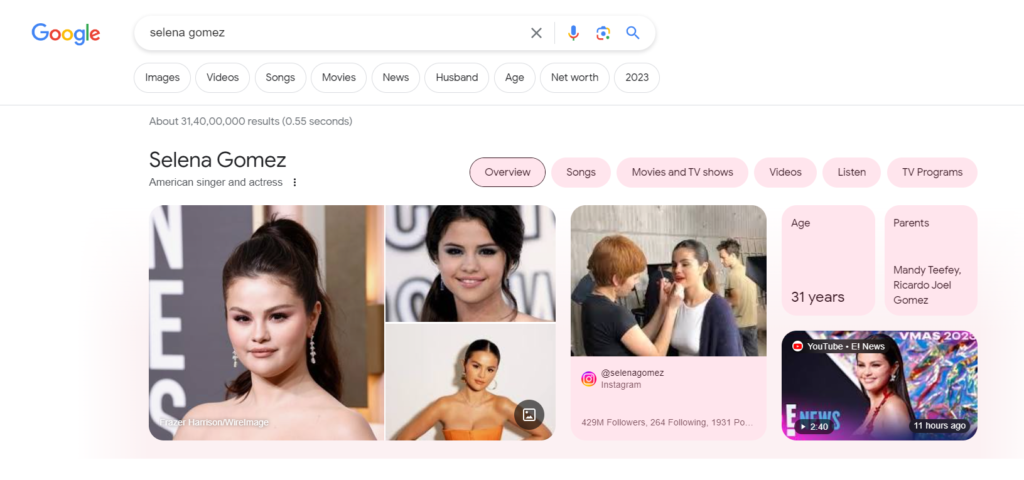
Information about well-known entities, such as celebrities, companies, or landmarks, is often displayed in a knowledge panel on the right side of the SERP, eliminating the need for users to visit a website for basic information.
Quick Answers:
Google may provide a concise answer to a question right in the search results, especially for straightforward queries like “What is the capital of Australia?”
Local Packs:

When searching for local businesses or services, a local pack may be displayed, showing the user a map, contact information, and reviews without requiring them to visit individual business websites.
Weather, Sports Scores, and Stock Prices:

Weather Forecast Search Results:
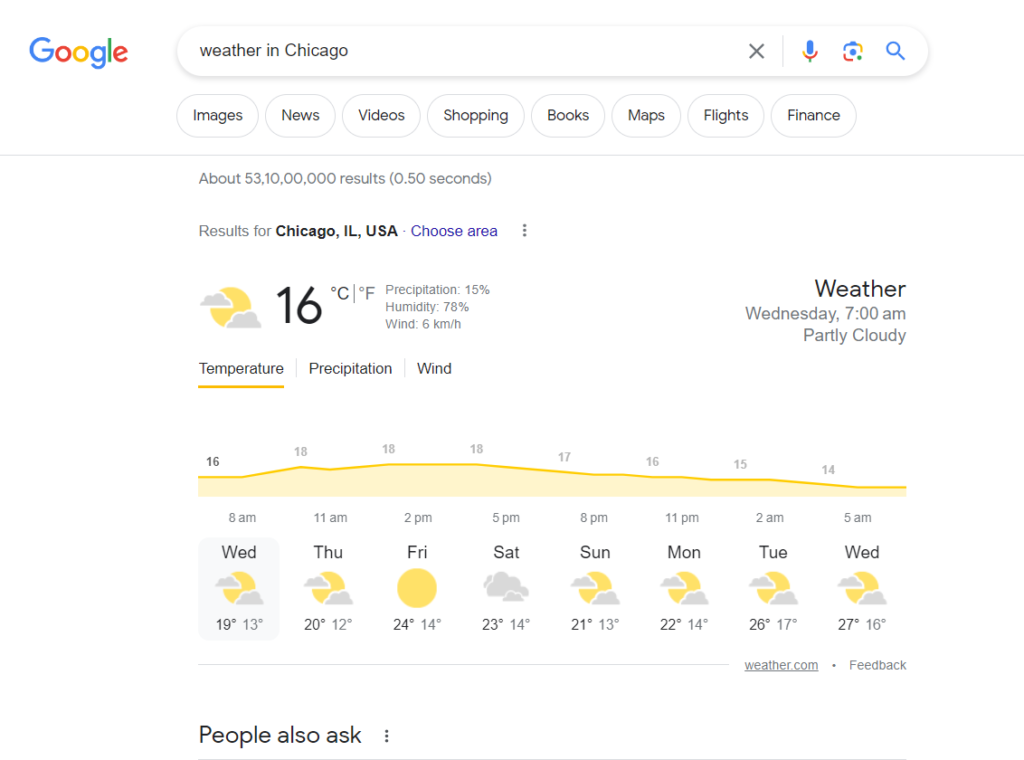
Sports Scores Search Results:

Users can obtain real-time information on weather conditions, sports scores, and stock prices directly from the SERP.
Why Do Search Queries Result in Zero Clicks?
Search queries can result in zero clicks for a variety of reasons, and understanding these factors is crucial for digital marketers and website owners looking to optimize their online presence.
Here’s an in-depth look at why and how search queries can lead to zero clicks:
Rich SERP Features:
One of the primary reasons for zero clicks is the prevalence of rich search engine results page (SERP) features, such as featured snippets, knowledge panels, and “People Also Ask” sections.

When Google or other search engines provide direct answers to a user’s query on the SERP, users may not feel the need to click through to a website, resulting in zero clicks.
Long-Tail Queries:
Long-tail keywords often lead to zero clicks because they are highly specific. When users enter detailed queries, search engines aim to provide immediate answers or results in the SERP.
For instance, if someone searches for “temperature in New York City today,” the search engine will display the current temperature without the need for users to click on any specific website.
Local Searches:
Local queries, such as “restaurants near me” or “pharmacies in [location],” typically generate zero clicks when search engines display local map packs.
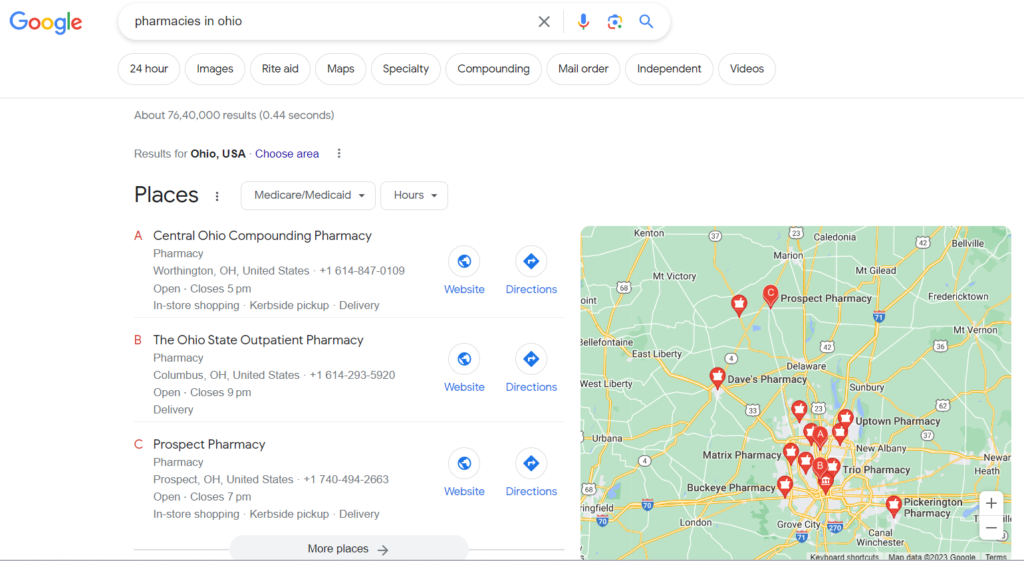
Users can access business information directly from the map pack, including contact details, hours of operation, and reviews, without visiting the businesses’ websites.
Brand Knowledge:
When users are searching for well-known brands or websites, they often type the brand’s name directly into the search bar.

In these cases, search engines may display the official website or other authoritative sources at the top of the SERP. Users may trust these sources and not click on other links, resulting in zero clicks for non-branded websites.
Mobile and Voice Search:
The rise of mobile and voice search has also contributed to zero clicks.

Mobile users may prefer to view information on the SERP rather than navigating to a website, and voice assistants like Siri or Alexa often read out answers directly from the SERP, bypassing the need for clicks.
Lack of Engaging Meta Descriptions and Titles:
Even when a website appears in the search results, if its meta description and title tags are not compelling or relevant to the user’s query, they may choose not to click on it. Well-optimized meta descriptions and titles can increase click-through rates.
Misleading or Irrelevant Content:
If a user clicks on a search result only to find that the content is misleading, irrelevant, or does not match their intent, they are likely to bounce back to the search results.
This behaviour can contribute to a lack of trust in search results and zero clicks on subsequent results.
To access the bounce rate within GA4 reports, follow these steps:
- Navigate to the Reports option in the left-hand menu.
- Choose the specific report you wish to tailor to your needs.
- Click on “Customize report” located in the upper-right corner of the report. (Note: If you can’t find this button, it means you do not have the Editor or Administrator role.)
- In the “Report data” section on the right-hand panel, select “Metrics.”
- Add “Bounce rate” to your metrics selection and click “Apply.”
- If you want this modification to be persistent every time you view this report, simply select “Save changes to the current report.”
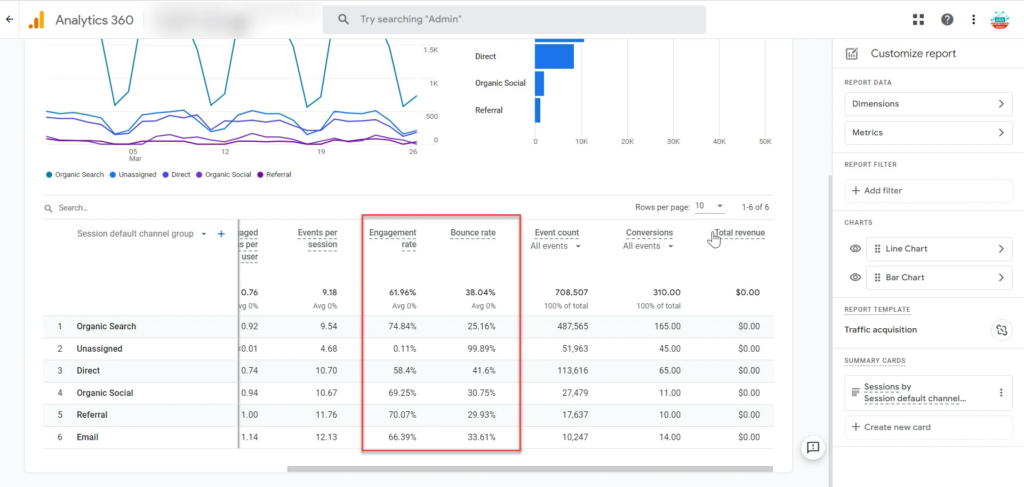
How to Avoid Zero Click Searches to Get More Traffic?
Mitigating the impact of zero-click searches is crucial for digital marketers and website owners who want to maintain a strong online presence and drive traffic to their websites.
Here’s a detailed explanation of strategies to reduce the occurrence of zero clicks:
1. Optimize for Featured Snippets and SERP Features:
- Identify Opportunities: Conduct keyword research to identify search queries that trigger featured snippets, knowledge panels, or other SERP features. Target these queries with content that can potentially be featured.
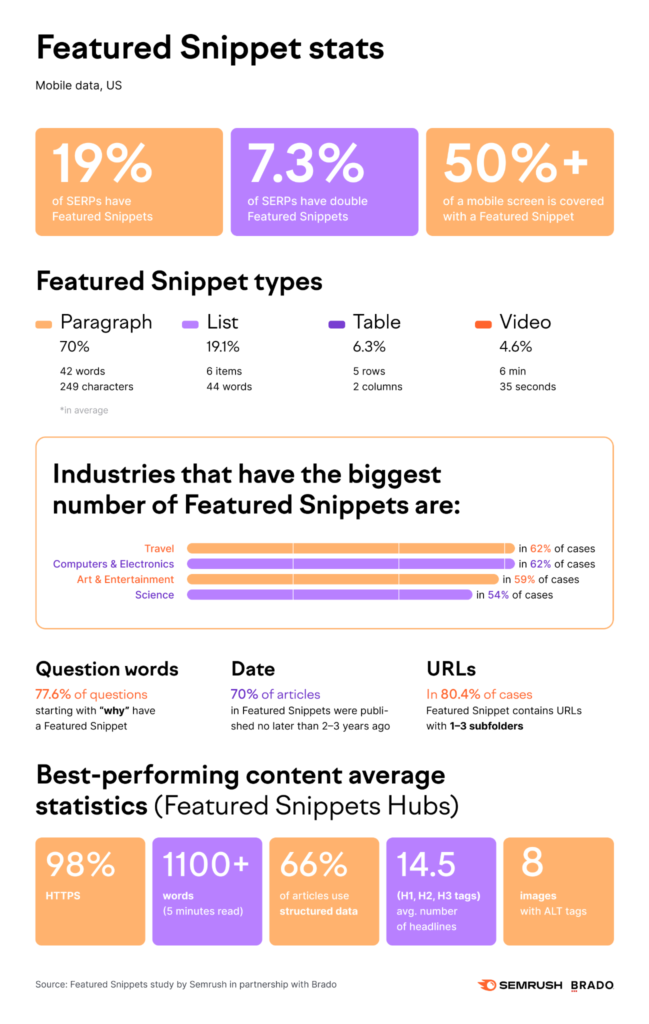
- Structure Content: Format your content in a way that’s likely to be selected for featured snippets. Use concise answers, bullet points, and lists to increase the chances of being chosen as the featured answer.
2. Long-Tail Keyword Targeting:
- Create In-Depth Content: For specific long-tail keywords, create comprehensive content that addresses the user’s query comprehensively.
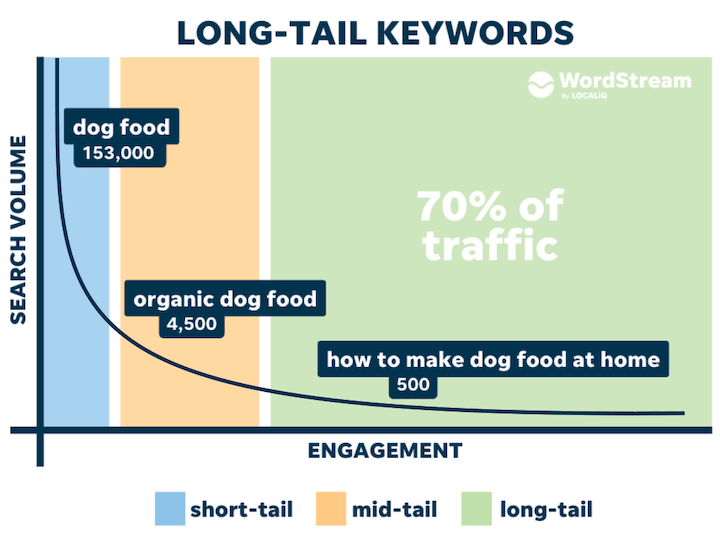
These detailed resources are more likely to attract users seeking specific information.
3. Local SEO and Google My Business Optimization:
- Claim and Optimize GMB Listing: If your business has a physical location, claim and optimize your Google My Business (GMB) listing.
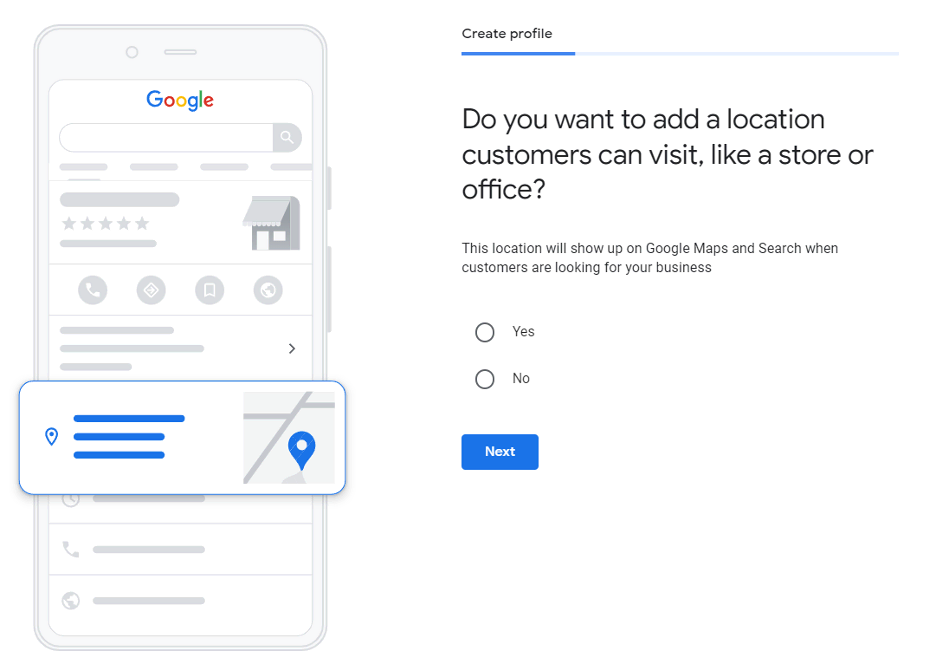
Ensure that your address, contact details, hours of operation, and reviews are up to date. This increases the chances of appearing in local map packs, reducing zero-click instances for local searches.
4. Brand Building and Reputation Management:
- Build Brand Authority: Establish a strong online brand presence by consistently producing high-quality content, engaging on social media, and obtaining backlinks from reputable websites.

A strong brand presence can encourage users to click on your site when they see your brand in the SERPs.
- Manage Online Reputation: Monitor and manage online reviews and mentions to maintain a positive brand reputation.
Negative reviews can discourage users from clicking on your site, while positive reviews can have the opposite effect.
5. Mobile and Voice Optimization:
- Mobile-Friendly Design: Ensure your website is mobile-responsive and loads quickly on mobile devices. This provides a better user experience, especially for mobile search users.
- Voice Search Optimization: Optimize your content for voice search by creating conversational, natural language content that answers common voice search queries concisely.
6. Adding Schema Markup:
- Familiarize yourself with the Schema.org vocabulary, which provides a comprehensive list of structured data types that you can use to describe various types of content, such as articles, products, events, organizations, and more.
- Identify the most relevant Schema Markup type for your content. For example, if you have a blog post, you may use the “Article” schema. If you’re a local business, the “LocalBusiness” schema is suitable.
- You can manually create JSON-LD (JavaScript Object Notation for Linked Data) markup for your content using Schema.org guidelines
7. Ensure Content Quality:
- Focus on User Intent: Understand the user’s search intent and create content that addresses it effectively. Ensure that your content provides valuable, up-to-date, and authoritative information.
- Diversify Content Formats: Offer a variety of content formats, such as videos, infographics, podcasts, and written articles, to cater to different user preferences.
8. Monitor and Adapt:
- Track Performance: Use analytics tools to monitor the performance of your website and content. Identify which keywords and pages are driving the most traffic and adjust your strategy accordingly.
- Stay Informed: Keep abreast of changes in search engine algorithms and SERP features. Search engines continually evolve, so staying informed helps you adapt your strategies to new trends.
9. Leverage Paid Advertising:
- Pay-Per-Click (PPC): Use PPC advertising, such as Google Ads, and Lusha to ensure that your website appears at the top of the search results for specific keywords.
While this involves a cost, it can help offset the impact of zero clicks by driving targeted traffic to your site.
10. CPS to decide on target keywords
- Set Clear Goals and Objectives: Before you begin keyword research, define your campaign objectives. Are you looking to maximize sales, increase brand awareness, or achieve another specific goal? Understanding your objectives will guide your keyword selection process.
- Keyword Research: Start by conducting comprehensive keyword research. Identify keywords that are relevant to your product or service.
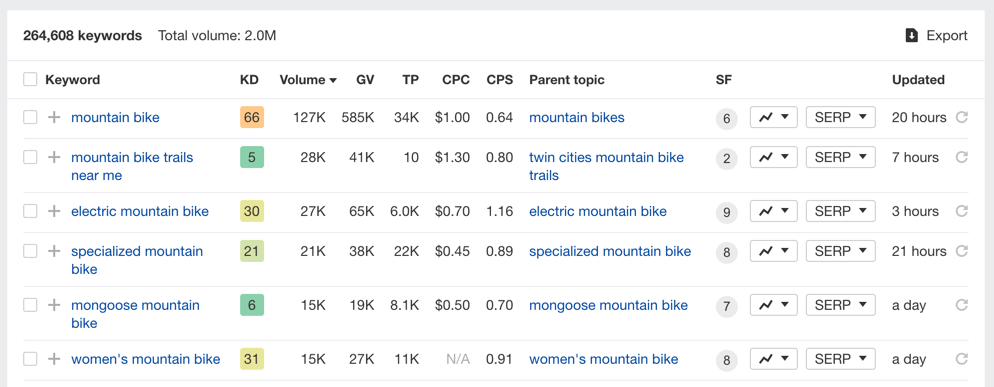
Consider using keyword research tools like Google Keyword Planner, SEMrush, or Ahrefs to find keyword ideas.
- Calculate Cost Per Sale (CPS): To calculate CPS, you need data on the cost of your advertising campaign and the revenue generated from the sales resulting from that campaign. Here’s the formula:
“CPS = Total Ad Spend / Total Sales“
Your ad spend includes the cost of running your PPC campaign, including the cost per click (CPC) multiplied by the number of clicks. The total sales revenue is the income generated from the customers acquired through the campaign.
Mitigating the impact of zero clicks requires a comprehensive approach that combines content optimization, technical SEO, and a deep understanding of user intent.
By implementing these strategies, digital marketers and website owners can increase their chances of attracting organic traffic and reduce the instances of users leaving the SERPs without clicking on their links.
The Most Popular Keyword Searches in 2023
According to global Semrush data from January to March 2023, “YouTube” claims the top spot as the most searched term on Google. According to data sourced by Semrush Blog, here is the list of Top 20 global searches around the world:
Top 10 Searches Globally
| No. | Keyword | Search Volume |
| 1 | youtube | 1,200,000,000 |
| 2 | 867,000,000 | |
| 3 | Whatsapp web | 543,300,000 |
| 4 | weather | 512,700,000 |
| 5 | translate | 444,700,000 |
| 6 | 444,700,000 | |
| 7 | amazon | 388,700,000 |
| 8 | gmail | 363,300,000 |
| 9 | Google translate | 363,300,000 |
| 10 | 338,000,000 |
Top 20 Searches in the US
| No. | Keyword | Search Volume |
| 1 | youtube | 173,700,000 |
| 2 | weather | 133,000,000 |
| 3 | amazon | 124,000,000 |
| 4 | 124,000,000 | |
| 5 | 68,000,000 | |
| 6 | wordle | 55,600,000 |
| 7 | gmail | 55,600,000 |
| 8 | walmart | 45,500,000 |
| 9 | Google translate | 42,700,000 |
| 10 | nfl | 39,400,000 |
Following closely behind in popularity are searches for “Facebook,” “WhatsApp Web,” and “ChatGPT.”
